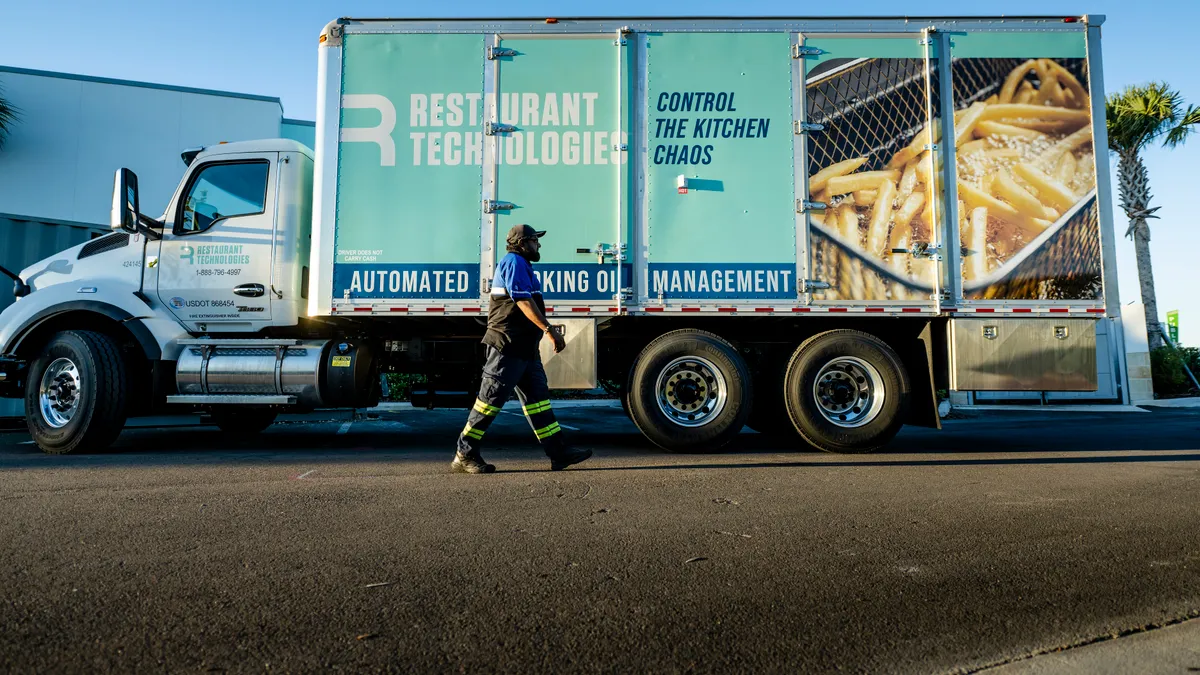One of the biggest challenges of owning any business is controlling the costs. For food service operators, this term takes on a unique meaning as margins are often razor thin and managing costs can sometimes feel like a PhD course in accounting.
One of the answers lies in kitchen automation and the benefits it can add to a business. Kitchen automation can both directly and indirectly reduce costs. Here are three ways kitchen automation can directly impact the bottom line.
Labor retention
According to the University of Minnesota, employee turnover can cost up to 200% of that employee's salary. This cost includes other employees having to cover for an open position, hiring/recruiting and the time it takes to train and onboard a new employee.
Kitchen automation, particularly the ones that eliminate the toughest parts of a restaurant job, has proven to improve employee satisfaction and reduce labor turnover. One example of this is automated oil management. A fully enclosed closed loop cooking oil system eliminates one of the dirtiest and most dangerous jobs in the kitchen. This means employees no longer need to filter and dispose of oil manually.
By implementing an automated cooking oil management solution, foodservice operators reduce the risks of oil burns along with slip and fall injuries from oil spills. This has also been proven to reduce workers' compensation claims, which has also led to reduced insurance premiums for businesses.
Technology fuels efficiency
Trinity Corp., which operates multiple Burger King locations across southeastern Kentucky, recently switched from manual to automated cooking oil management at most of its restaurants. An automated cooking oil system includes an online customer portal that monitors the filtering and disposal of cooking oil, a vital part in maintaining consistent food quality and can be used to determine if employees are following standard operating procedures (SOPs) when managing cooking oil.
Since switching to automated oil management, Trinity Corp. has reportedly increased profits 8% by realizing savings in key areas, including optimizing oil usage. Adopting automation helped the franchisee reduce its cost of goods by 6%.
“With improved visibility and better adherence to the filtration schedule, we’re easily getting an extra two days out of our oil per fryer,” said Mike Dole, director of operations for Trinity Corp. This has reportedly saved about $300/month per location.
Having remote visibility into what’s happening in fryers has also allowed Dole to see when employees are following procedures or deviating from them. This opens opportunities for training and Dole has introduced incentives for managers who apply best practices for managing oil usage and cost.
“Getting notifications for issues like oil usage and being able to review how long employees filter the oil in the fryers helps us pinpoint where we can provide more training and development,” Dole said.
Dole also views the high level of quality and consistency of the food being served as another reason for his restaurants’ success. Trinity Corp.’s restaurants average about 25% more guests per day than the typical Burger King.
Predictable costs
Automated cooking oil management vendors typically follow pricing based on the marketplace. This means that foodservice operators can have the peace of mind that they’re not going to be overcharged. Those who buy boxed cooking oil can sometimes be caught off guard by vendors who increase prices without warning or have higher than marketplace cooking oil prices to offset lower than market prices on other goods. Having predictable costs across the board for a restaurant is a major step in managing and maintaining business costs.










